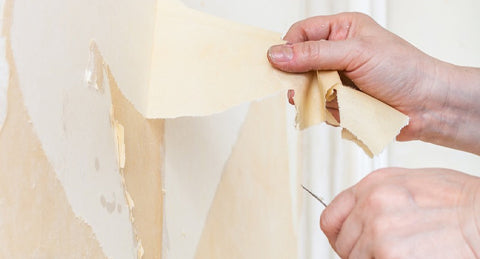Essential Guide to Scraper Blades: Must-Have Hardware Tools for Home Use
In the realm of home maintenance and DIY projects, high-quality scraper blades stand as indispensable tools. Whether you're stripping old paint layers, removing adhesive materials, or rectifying surface imperfections, scraper blades provide reliable assistance. In this article, we delve into the myriad uses of scraper blades and guide you in selecting the right blade for your needs.
1. Understanding the Types of Scraper Blades
Versatile scraper blades including straight blades, curved blades, and scraper heads. Different types of blades suit different tasks, so it's crucial to consider your specific requirements when selecting one. For instance, straight blades are ideal for large, flat surfaces, while curved blades excel at edges, corners, and curved surfaces.
2. The Significance of Blade Material
The material of the blade directly affects its durability and performance. Common materials for scraper blades include carbon steel and stainless steel. While carbon steel blades are often more affordable, stainless steel blades offer superior corrosion resistance and longevity, making them suitable for prolonged use.
3. Choosing the Right Blade Size and Shape
Blade size and shape are also critical factors to consider when selecting Professional-grade scraper blades. Ensure you choose a size and shape that match your work requirements for higher efficiency and precision. Additionally, some scraper blades feature a design with replaceable blades, allowing for easy replacement when the blade wears out during work, without needing to replace the entire tool.
4. Techniques for Using Scraper Blades
Several techniques can help you achieve better results when using scraper blades. Firstly, ensure the blade remains sharp by regularly inspecting and sharpening or replacing it to maintain efficiency. Secondly, prioritize safety by avoiding the use of scraper blades on unstable surfaces and ensuring the use of appropriate personal protective equipment. Finally, master the correct techniques, such as controlling the angle of the blade and applying adequate pressure, to ensure the quality of cleaning and repair work.
5. Frequently Asked Questions
Q: What surfaces are suitable for scraper blades? A: Scraper blades are suitable for various surfaces, including wood, metal, glass, and plastic.
Q: How do I clean scraper blades? A: Soak the blade in a mild cleanser, then gently scrub it with a brush, rinse thoroughly with clean water, and let it air dry completely.
Q: What tasks can scraper blades be used for? A: Scraper blades can be used for tasks such as removing old paint, adhesive materials, scraping surface dirt, and repairing woodworking and metal surfaces.
In conclusion, premium scraper blades stand as essential tools in the realm of hardware for home use, providing reliable solutions for cleaning, repairing, and maintaining various surfaces. By understanding the different types of blades, selecting the right material and size, and mastering proper usage techniques, you can fully harness the efficiency of scraper blades, enhancing the experience and results of home maintenance and DIY projects.

